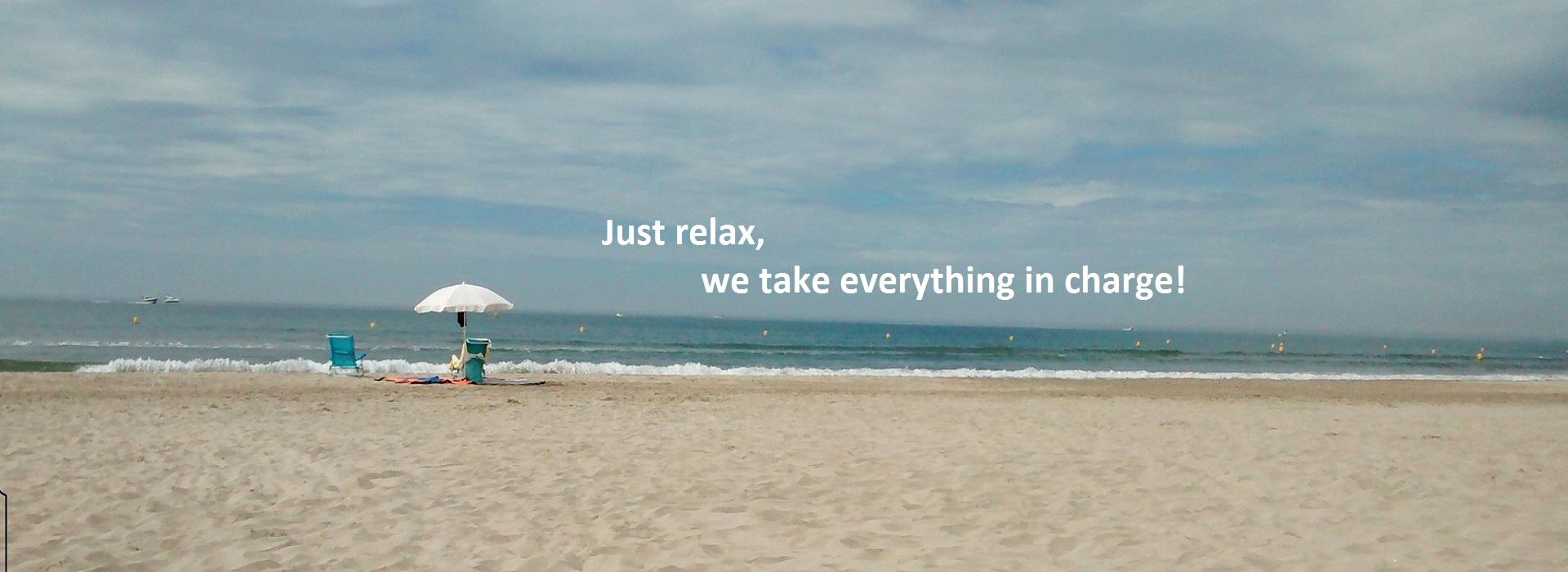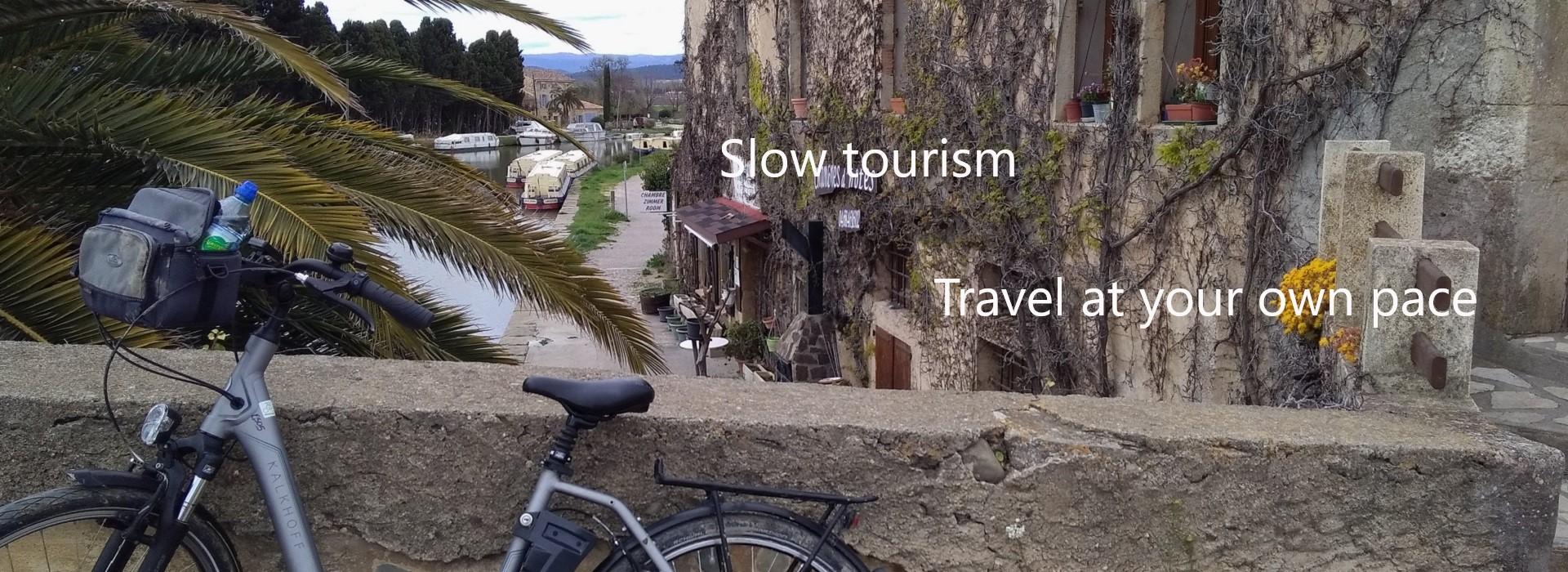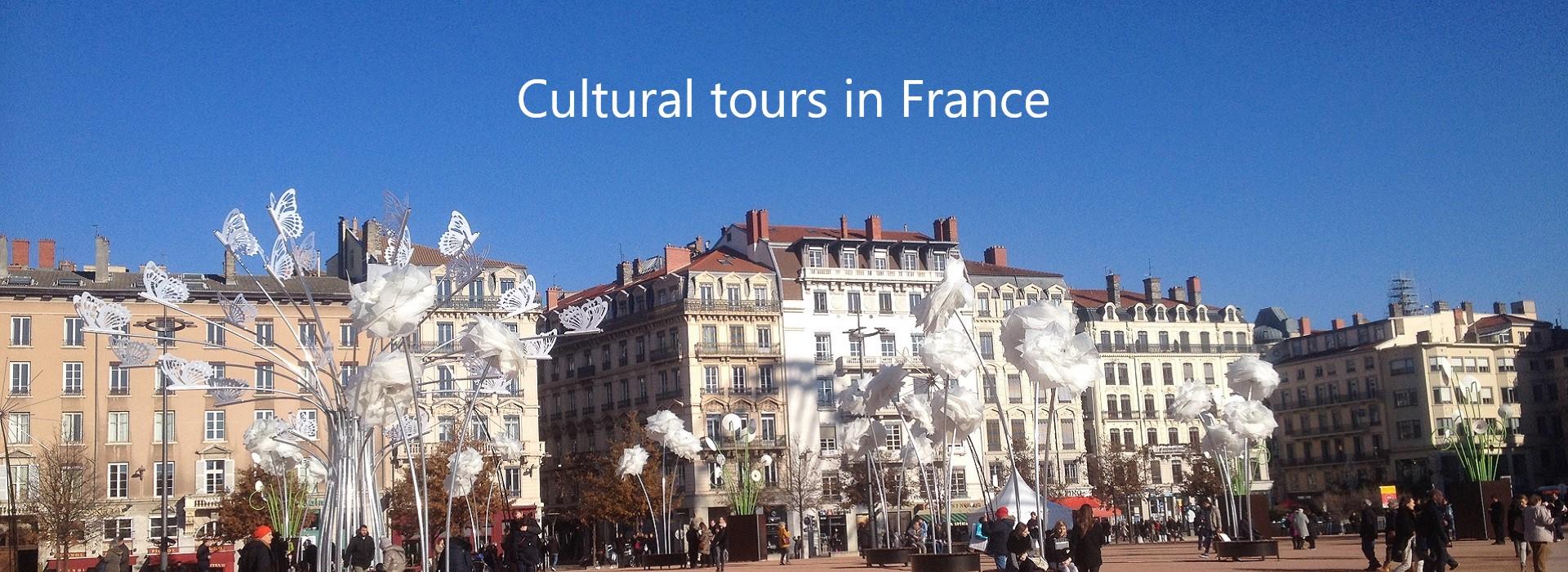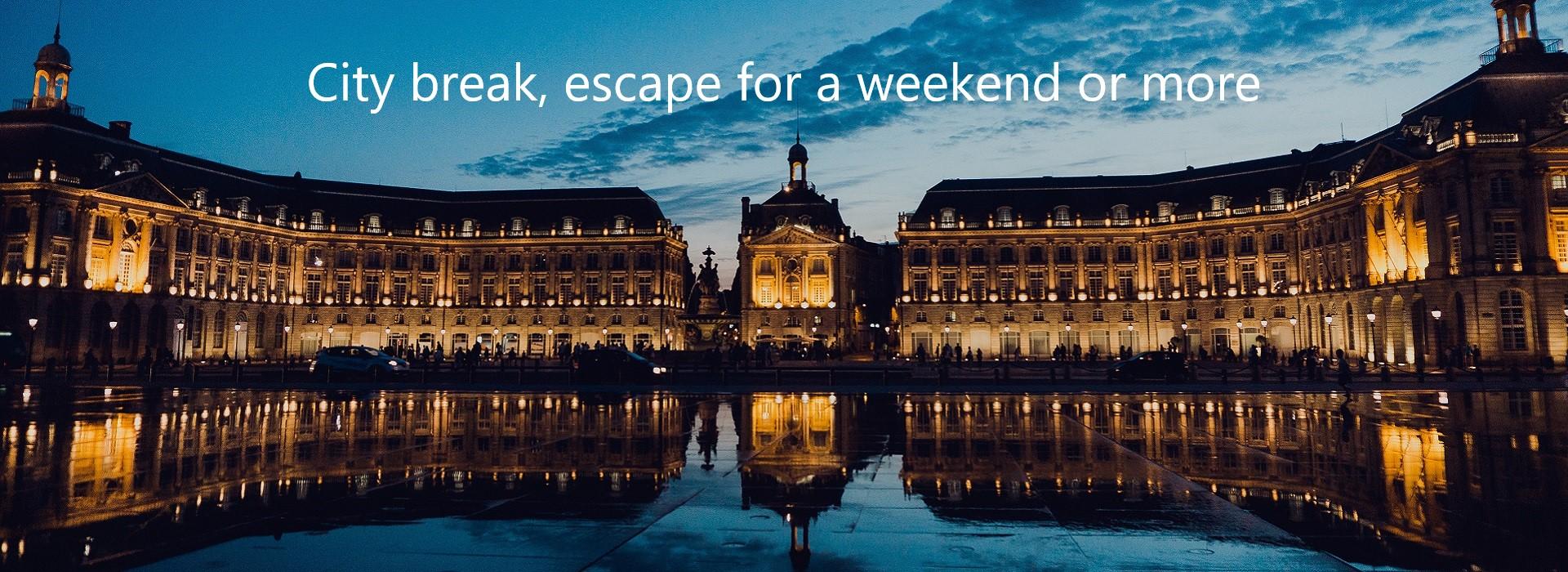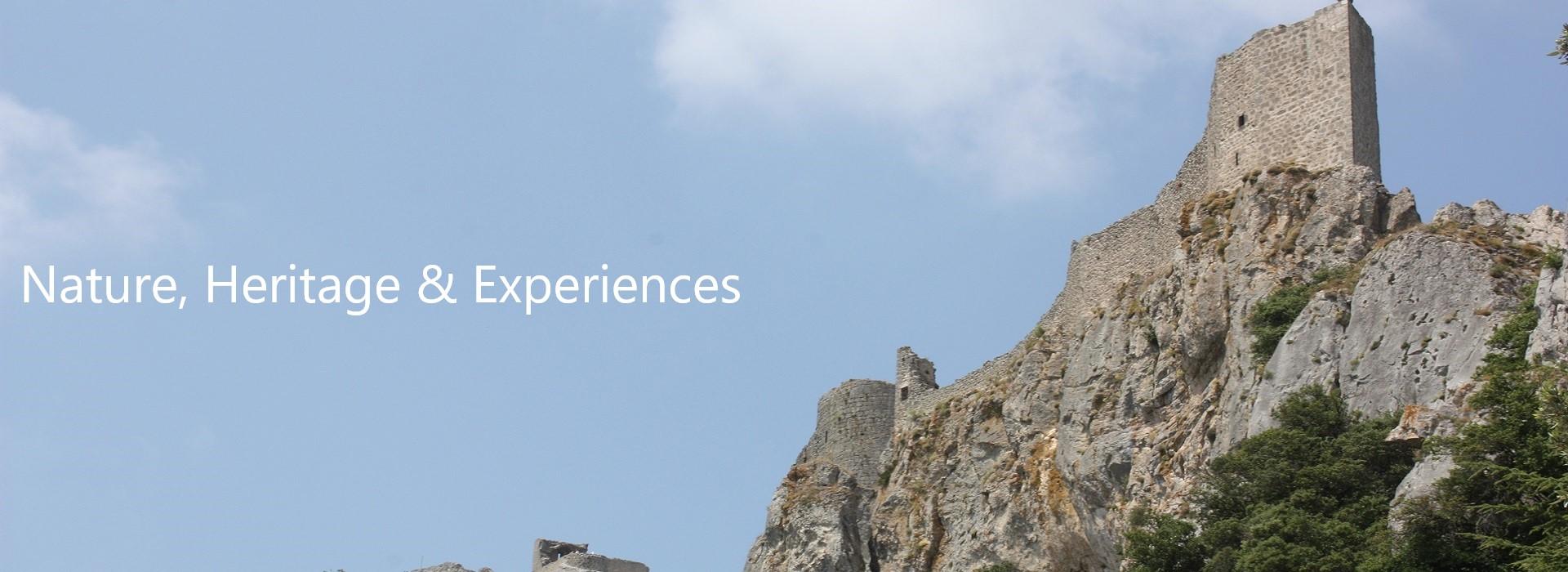The Cathar country and its castles
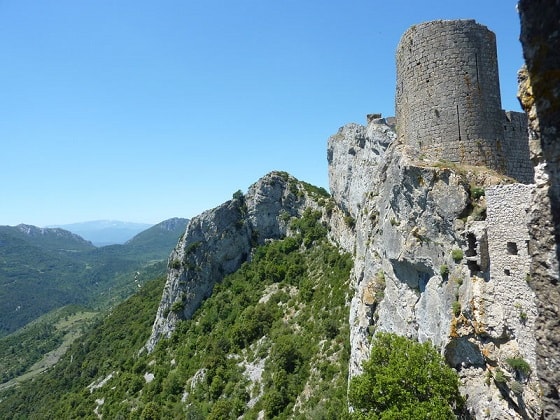
Cathar country refers to the Languedoc region where Catharism developed. Catharism (from the Greek katharós, which means 'pure') is a dualistic monotheism which developed between the 10th and 15th centuries in Europe, and which believed in good (virtue, the soul and the spirit) against evil (the body and material things).
The religious movement has its roots in Bulgarian bogomilism, which spread in the Rhineland, then through Lombardy and the South of France. The Cathars referred to themselves as "good Christians".
The Cathar castles were already built before the crusade and provided shelter during attacks. Mostly rebuilt in the 14th century, they then served to protect the border with Catalonia and Aragon.
Worthy of note: climbing up to the castles is a real pleasure. Since the surroundings are a protected area, there is nothing to spoil the view over these sites. Don’t forget your camera!
Peyrepertuse Castle Without a doubt one of the most beautiful Cathar castles on the list, Peyrepertuse Castle impresses travelers with its size (300 x 60 m) and its natural setting. The South façade overlooks a cliff 40 meters high. An exceptional site with its natural fortifications and its access
To complete the tour of Cathar castles:
Cathar heresy
For Cathars, the universe is a material creation of Satan, rather than of God, and for this reason, they were persecuted by the Catholic Church for heresy. The crusade against the Albigenses took place between 1209 and 1229, to be succeeded by the 2nd crusade and the Royal armies.The religious movement has its roots in Bulgarian bogomilism, which spread in the Rhineland, then through Lombardy and the South of France. The Cathars referred to themselves as "good Christians".
The Cathar castles were already built before the crusade and provided shelter during attacks. Mostly rebuilt in the 14th century, they then served to protect the border with Catalonia and Aragon.
Worthy of note: climbing up to the castles is a real pleasure. Since the surroundings are a protected area, there is nothing to spoil the view over these sites. Don’t forget your camera!
Termes's Castle
For those who love history, nature and dizzying views, we want to show you a few of the most emblematic Cathar castles, starting with Termes's Castle. The fort was besieged in 1210, during the Albigensian crusade. In 1228, the King of France acquired it, turning it into one of the "five sons of Carcassonne", the 5 border defences against the Kingdom of Aragon.Aguilar Castle
Located in Tuchan commune, in the Aude, Aguilar Castle was built on a natural mound around 100 meters high. It features a double row of ramparts. It is one of the "5 sons of Carcassonne".Puilaurens Castle
The castle was built at a height of 697 meters on a rocky spur overlooking the Boulzane Valley (commune of Lapradelle-Puilaurens). It was used as a refuge by the Cathars, but was never attacked. The Castle lost its usefulness in 1659, after the Treaty of the Pyrenees, which established the Franco-Spanish border. Note: the castle's 'zig - zag' access which never fails to make an impression on visitorsQuéribus Castle
We end our partial list with Quéribus Castle, built at a height of 728 meters. The Castle served as a Cathar refuge after the fall of Montségur and was one of the two last strongholds to surrender to the Royal Army. The view is unforgettable in clear weather: from the top of the Dungeon, you will have 360° view over the Mediterranean, the Pyrenees and the Corbières massif.Montsegur Castle
Probably the most tragically famous. Refuge of the last Cathars, the siege of Montsegur ended in the massacre of Cathars who refused to convert. There are still traces of some houses on the cliffside and these walls were rebuilt after the crusade.The 4 castles of Lastours
The castles of Lastours are the closest ones to Carcassonne. Four castles or dungeons are perched on rocky peaks, overlooking the road to the Black Mountain. Today, if you don't want to climb up on foot to the castles, there is a lookout point in the village of Salsigne from which you can easily see all 4 of them.Puivert Castle
The castle was rebuilt in the 14th century. It’s rather special because it is famous for its "love courts" during the Middle Ages and its dungeon is adorned by sculptures of troubadours with their musical instruments. These instruments have been reconstructed and can be seen today at the museum.To complete the tour of Cathar castles:
- Arques Castle
- Villerouge-Termenès Castle
- Saissac Castle
